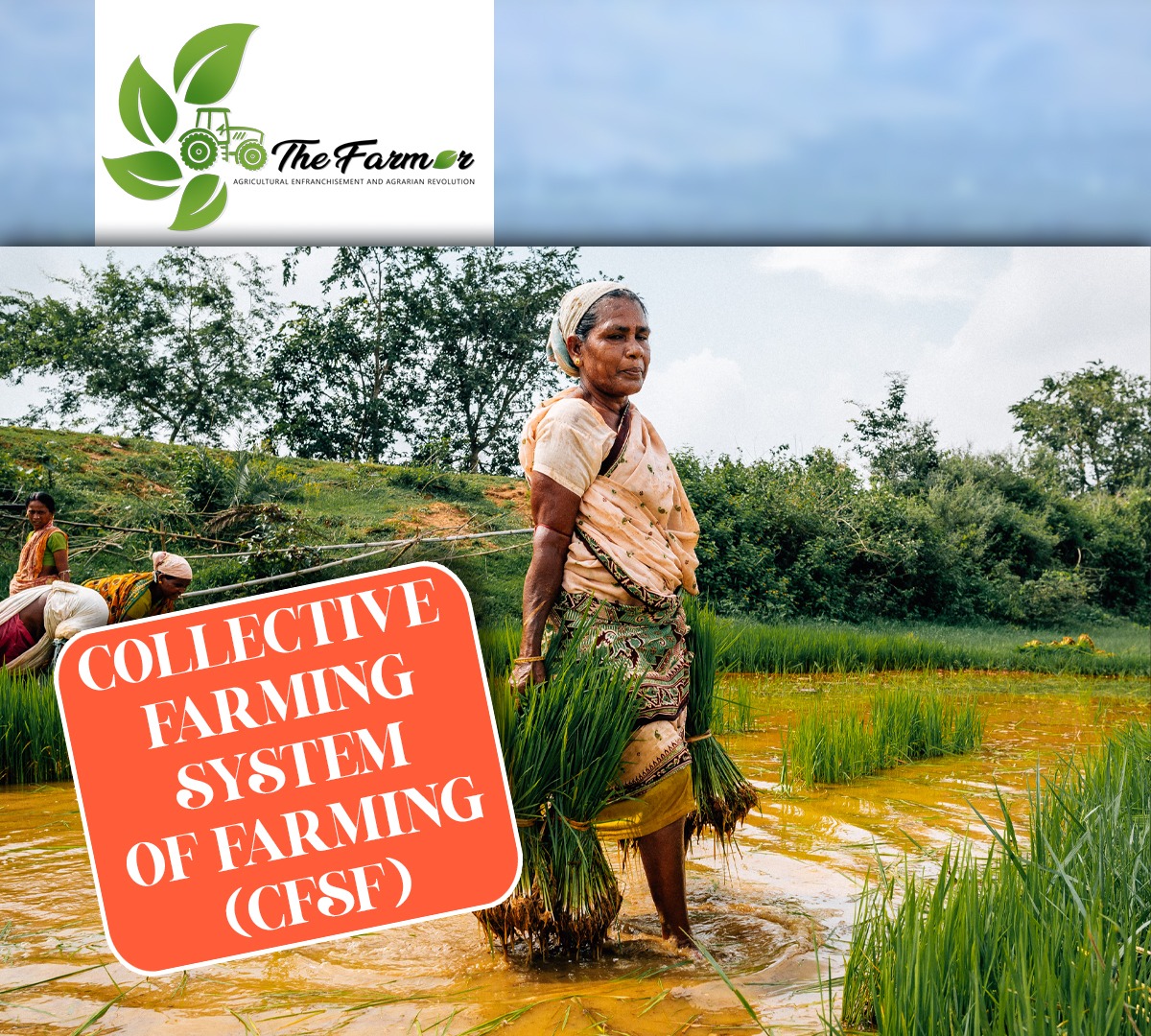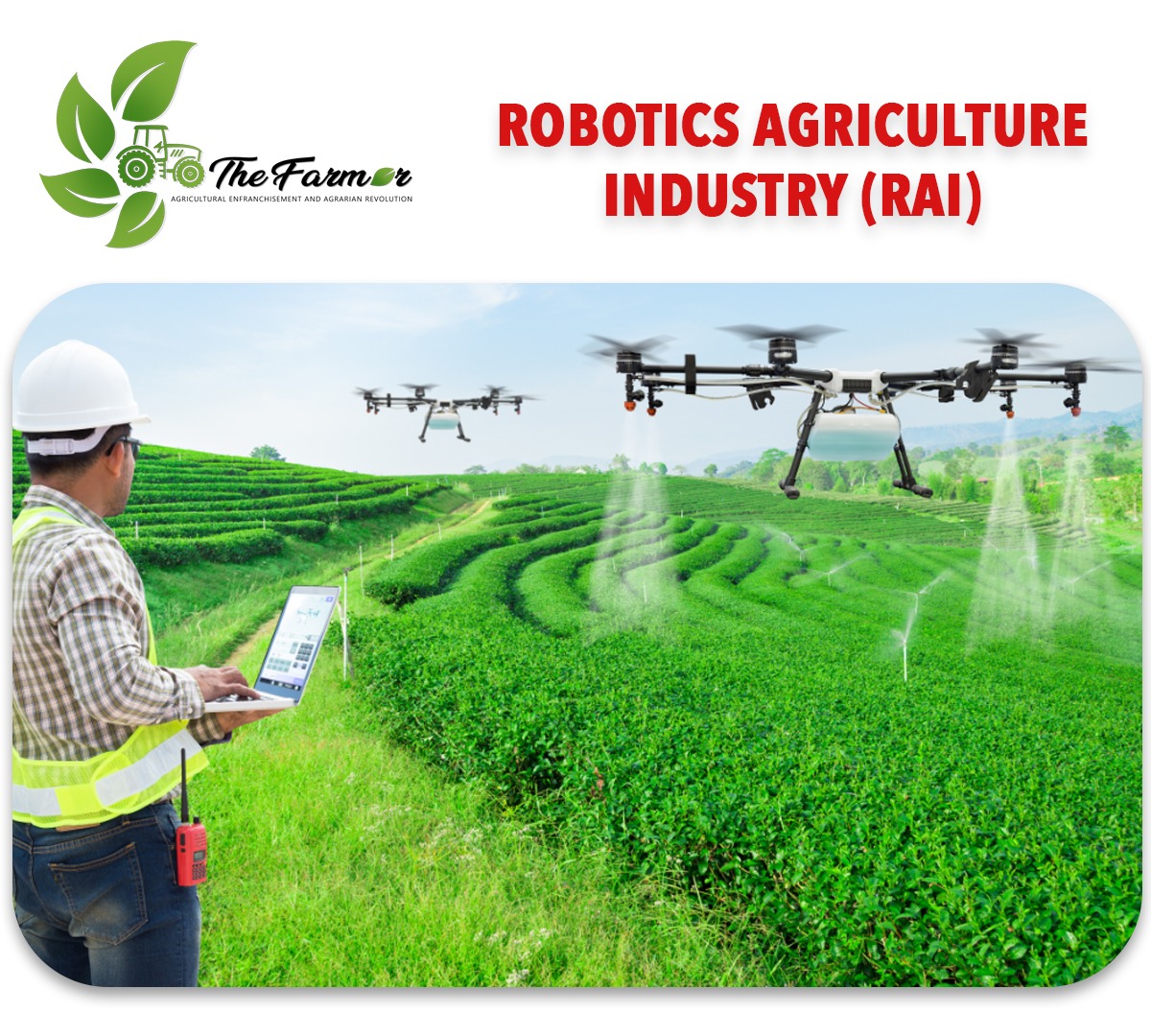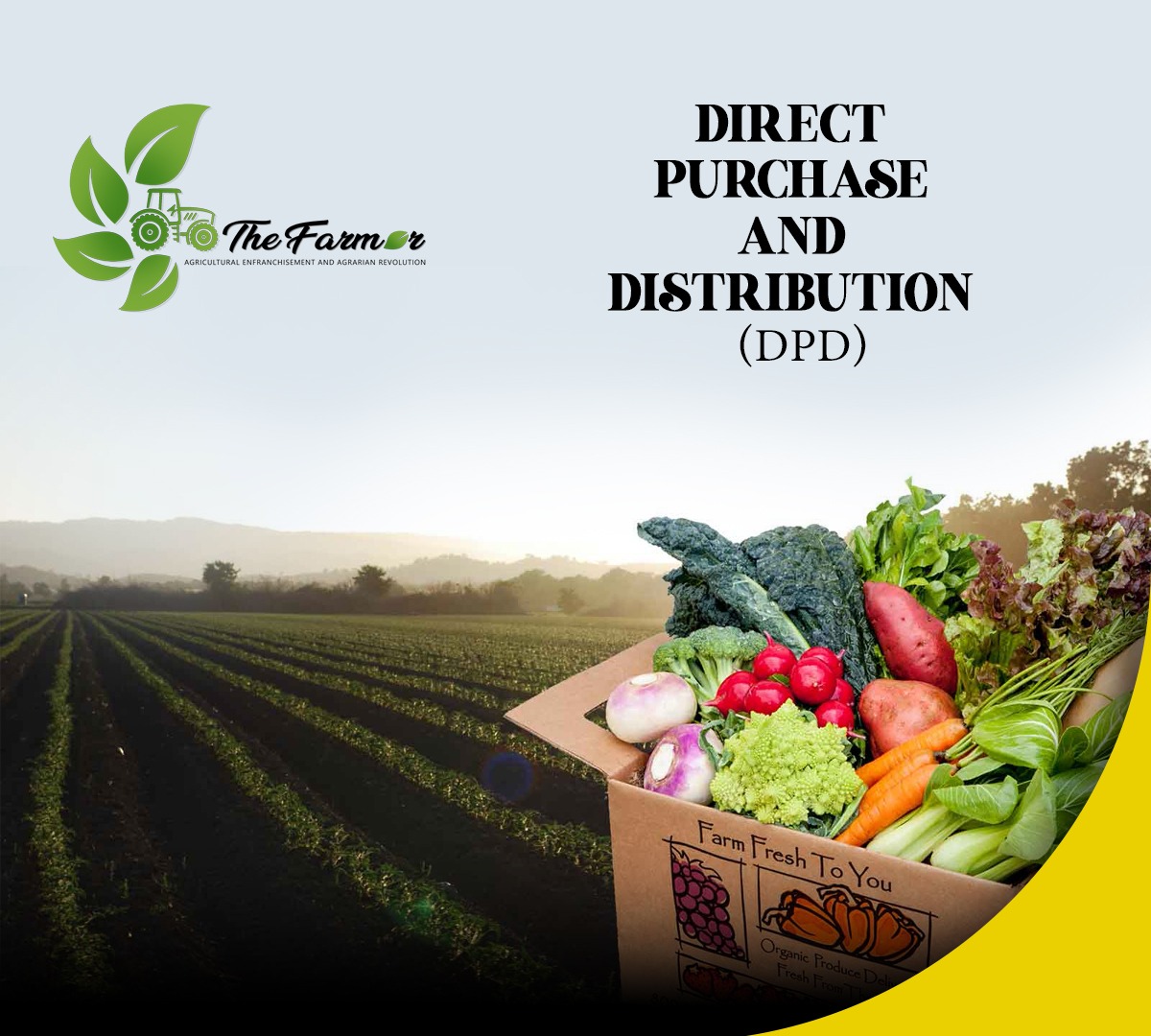Welcome to The Farmer - Revolutionizing Agriculture
Mail Anytime
[email protected]
Welcome to The Farmer - Revolutionizing Agriculture
Mail Anytime
[email protected]
Collective farming, also known as communal farming or cooperative farming, is a system of agriculture in which multiple farmers work together to cultivate land and share resources. This approach has been used in various parts of the world, with varying degrees of success.
In a collective farming system, farmers pool their resources, such as land, labor, equipment, and inputs, and share the benefits and risks of their operations. This can offer several benefits, such as improved access to resources and markets, increased efficiency and productivity, and reduced costs.
One of the key benefits of collective farming is that it can allow small-scale farmers to achieve economies of scale, by sharing the costs of inputs and equipment, and accessing larger markets. Additionally, collective farming can help to improve social and economic conditions for farmers, by providing a support network, sharing knowledge and skills, and reducing the risk of crop failure.
However, collective farming can also face several challenges, such as the need for strong leadership and organization, the potential for conflicts and unequal benefits among members, and the risk of resource depletion and environmental degradation.
To address these challenges, successful collective farming systems often have clear rules and regulations for resource management, decision-making, and benefit-sharing, as well as mechanisms for conflict resolution and accountability. Additionally, collective farming can benefit from partnerships with government agencies, non-governmental organizations, and private sector actors, to access funding, technical support, and market opportunities.






